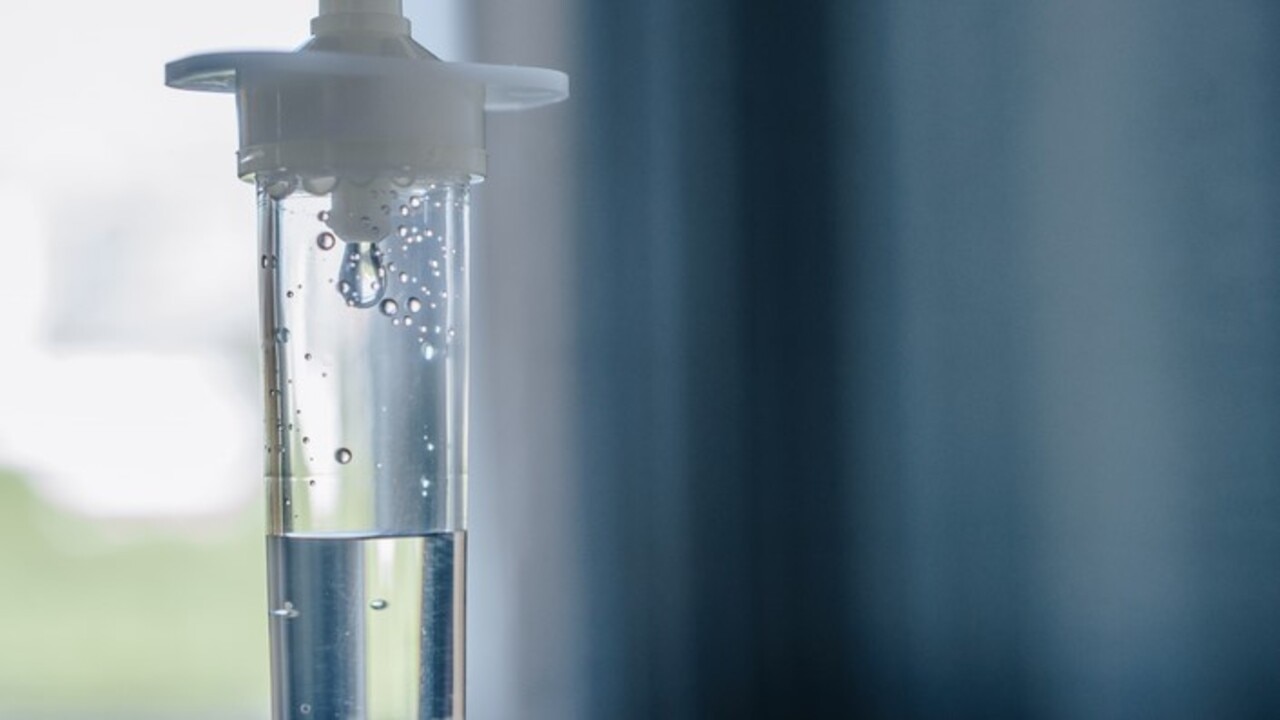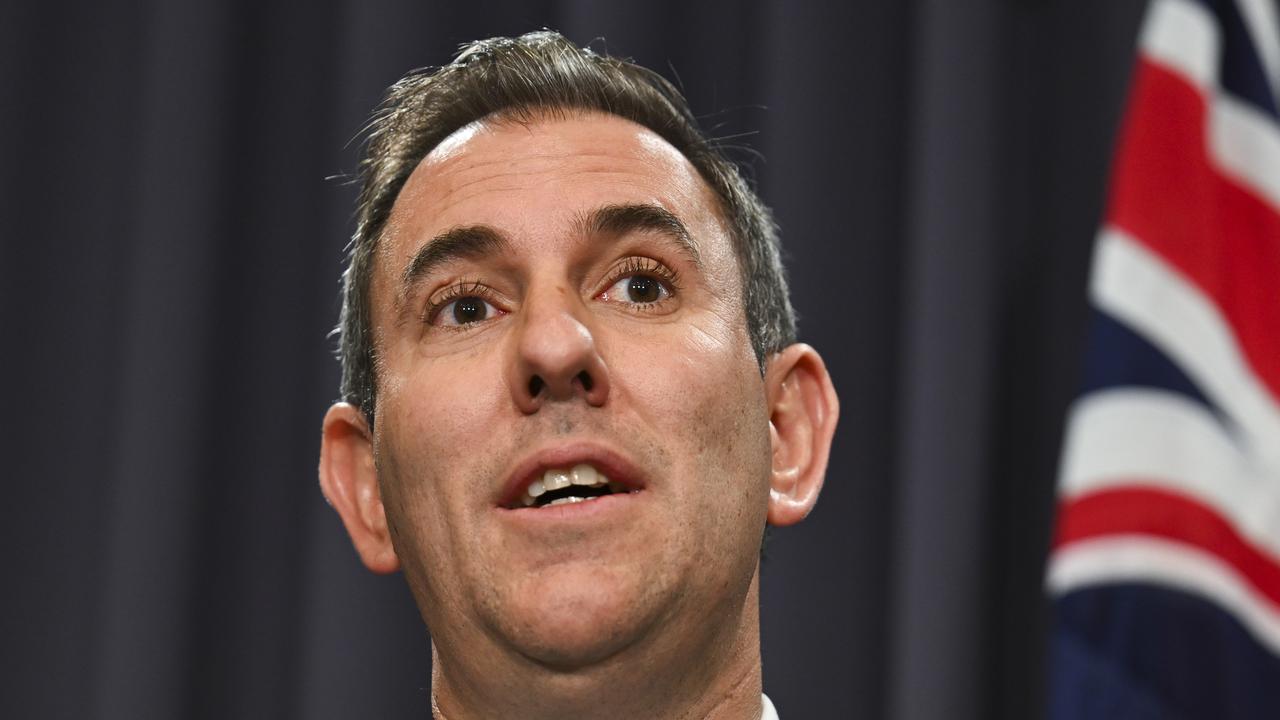
The critical shortage in many hospitals across the nation of one of the most vital medicines used during every surgical procedure has never been seen before in this country. As unprecedented as it may be for IV saline fluid stores to run so drastically low, it is clear the crisis has exposed significant shortcomings in the national procurement processes of essential medicines. It also has shone a light on the seeming failure of authorities to communicate effectively with the public about what exactly is going on and why.
We have heard from the Therapeutic Goods Administration, which has stuck to a single brief statement that the saline fluid shortage – a large number of hospitals were running so low across the past fortnight that state health authorities were managing the situation under disaster protocols – was due to “global supply limitations, unexpected increases in demand and manufacturing capacity constraints”. All of that seemed a little surprising – a simple Google search reveals no other news reporting about global shortages of IV fluids except in Australia.
When my colleague Joanna Panagopoulos and I made inquiries with the US Food and Drug Administration and New Zealand’s medicines regulator, they told us they were not experiencing shortages (except of certain sizes of bags in the US, which did not pose a significant problem).
The best explanation I have managed to get from the industry is that Australia’s imported supplies of saline are indeed being affected by interruptions to global shipping routes. That has resulted in our onshore manufacturer, global healthcare company Baxter, facing a sudden spike in demand that it is trying its utmost to meet but the task is impossible in the short term.
We only can assume the TGA has a wealth of information as to why it continues to say there are global shortages and manufacturing issues. If that is the case, someone in charge in the federal Department of Health should tell the public. The regulator is in a somewhat unfortunate position here in that, in a statutory sense, it does not have ultimate responsibility for managing the procurement of saline fluids.

Saline is not even included under legislation as a reportable medicine, shortages of which must be reported by the TGA. Perhaps the question should be: Why not?
With procurement contracts negotiated with industry state by state, there are real questions here about the capacity for the federal government to have proper oversight or effectively respond to what we saw escalate into a national health emergency. This lack of clarity about who is in charge and who carries the can for what amounts to a serious interruption of healthcare processes around this nation holds lessons for the future that must be heeded.
More questions abound, such as: when did the states pass on to the federal government any notifications from its suppliers of IV fluids that they were unable to meet their contracts? The TGA appears to have been meeting the states once a month; that doesn’t sound frequent enough given this issue was brewing for months.
Which states have contingency stores and which don’t? What is the cause of these increases in demand? There is no increase in elective surgery and any other reason hospitals suddenly are using more IV fluids defies immediate explanation. Federal Health Minister Mark Butler says jurisdictions “are bringing unprecedented collaboration to the issue, with a cross-jurisdictional response group convened by all states and territories and the commonwealth”. The urgency is clear. Clearly there is a need for emergency contingency stores of IV fluids in the national medical stockpile in the future.
On the national medical stockpile, it is reasonable to ask why it hasn’t been mobilised. The Covid-19 pandemic provides a textbook example of how that process can work, when we faced an urgent need to procure vaccinations, personal protective equipment and ventilators. The purpose of the national medical stockpile is to ensure supplies of vital medicines or medical equipment in times of shortage or increased demand, irrespective of the cause. A cross-portfolio national procurement unit was set up during the pandemic incorporating senior bureaucrats from health, finance and the Attorney-General’s Department who worked in conjunction with industry to procure masses of PPE and even manufacture ventilators onshore in short order.

Since it was a nationwide effort, it also gave the nation a level of buying power and grunt with international suppliers. It’s noted that the federal government has moved to urgently import alternative supplies of saline.
Other measures taken during the pandemic also could have been mobilised as the IV fluid crisis escalated, including contracting for urgent onshore manufacturing. Such measures are dramatic outside of a pandemic, but it’s also dramatic if you’re a surgeon and you face decisions about whether to operate without being able to give your patient the usual volume of IV fluids, or cancel surgery as IV fluids are rationed for the critically ill.
Surgery with less saline doesn’t amount to a danger to life but it’s a matter of a potentially dehydrated patient who feels rotten when they wake up. That’s not a situation any doctor wants to face and many are asking whether it could have been avoided. They want a clear explanation as to what led to this, which still has not been sufficiently given. A joint statement of all health ministers issued on Friday last week provided reassurance that the matter was of the highest priority but little clarity as to what had gone wrong.
The Australian Medical Association has been working overtime to provide information to patients and the public as it works with the government to solve the crisis, but the AMA is not an elected body in our democracy and we shouldn’t have to rely on only it as the conduit for vital information.
This is not to say the government is not employing great effort with the response group it has formed to manage the saline shortages. There is no doubt that urgency is being applied to the matter and, though the situation is patchy, we are told overall shortages are easing. But there’s a maxim in the law that justice must not only be done, it must be seen to be done. Patients and doctors want clear information. All power to the response group’s elbow, and we hope this saga shores up better management of vital medicines in future, overseen and nationally co-ordinated by the federal government.
But the tale has been, and still is, one of confusion and a critical lack of not only IV fluids but also transparency.





